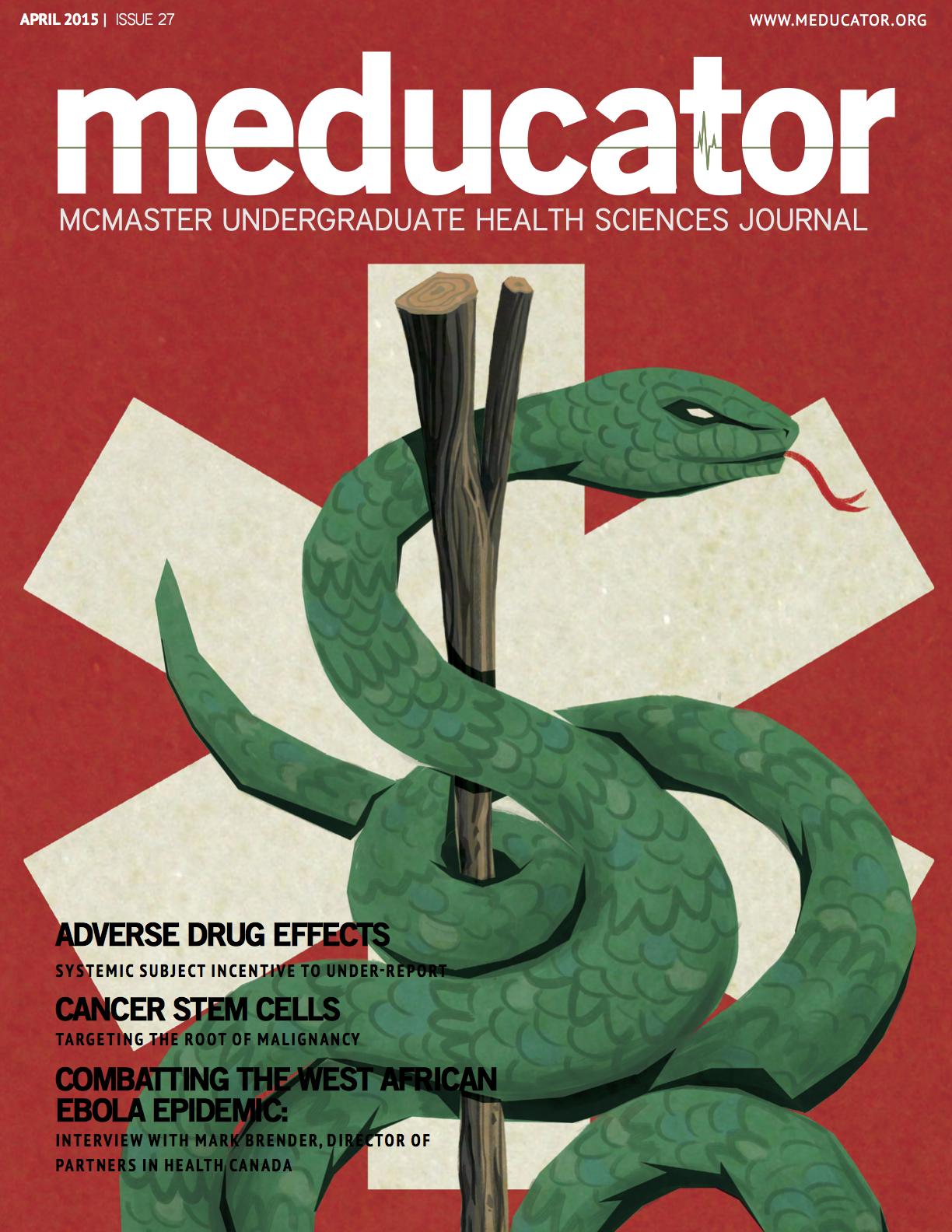Children with Disabilities: The Social Determinants of Health Affecting the Life Trajectories of Children with Special Needs in Northern Ontario
DOI:
https://doi.org/10.15173/m.v1i27.966Abstract
The geographical and cultural characteristics of Northern Ontario shape a distinct set of social determinants of health for children growing up with special needs. These determinants, which affect certain cultural groups to a more significant degree, impact a family’s ability to access critical health care resources for the healthy development of a child with special needs. This critical review will explore the nature of these social determinants of health, their observed impacts on child development in current research, and opportunities for health policy to fill current gaps in healthcare resources.
References
Alberta Education (2005). Our Words, Our Ways: Teaching First Nations, Métis and Inuit Learners. Recognizing gifts and strengths (pp. 123-149). Available from: http://education.alberta.ca/media/307140/o08.pdf
Alberta Education (2005). Our Words, Our Ways: Teaching First Nations, Métis and Inuit Learners. Recognizing gifts and strengths (pp. 123-149). Available from: http://education.alberta.ca/media/307140/o08.pdf
Brehaut, J. C., Kohen, D. E., Garner, R. E., Miller, A. R., Lach, L. M., Klassen, A. F., & Rosenbaum, P. L. (2009). Health among caregivers of children with health problems: findings from a Canadian population-based study. American Journal of Public Health, 99(7), 1254.
Carter, T. Literature Review on Issues and Needs Aboriginal People. Federation of Canadian Municipalities. Available from: http://geograph.uwinnipeg.ca/Carter/Publications/ Background/Final%20_Lit_review_Issues%20.pdf
Hanson, M. J., & Lynch, E. W. (1995). Early intervention: Implementing child and family services for infants and toddlers who are at risk or disabled. PRO-ED, 8700 Shoal Creek Blvd., Austin, TX 78757-6897.
Health Canada (2012). First Nations and Inuit Health Branch Strategic Plan: A Shared Path to Improved Health. First Nations and Inuit Health. Available from: http://www.hc-sc.gc.ca/fniah-spnia/pubs/strat-plan-2012/index-eng.php
Invest Northern Ontario (2014). District Statistics. Facts and Figures. Available from: http://www.investnorthernontario.com/index.aspx?l=0,1,5,30
King, M., Smith, A., & Gracey, M. (2009). Indigenous health part 2: the underlying causes of the health gap. The Lancet, 374(9683), 76-85.
MacCharles, T. (2013). Services for Children and Youth with Special Needs in Ontario, and their Families: Opportunities for Improving their Experiences and Outcomes. Ministry of Children and Youth Services. Available from: http://www.children.gov.on.ca/htdocs/English/documents/topics/specialneeds/ PAreport.pdf
Northern Ontario Medical Journal (NOMJ) (2013). Salute to NOSM graduates. Available from: http://www.nomj.ca/2013/06/24/salute-to-nosm-graduates-3.html
Offord, D. R., Boyle, M. H., Szatmari, P., Rae-Grant, N. I., Links, P. S., Cadman, D. T., ... & Woodward, C. A. (1987).
Ontario Child Health Study: II. Six-month prevalence of disorder and rates of service utilization. Archives of General Psychiatry, 44(9), 832-836.
Ontario. Ministry of Children and Youth Services (2011). Special Needs. Queen’s Printer for Ontario. Available from: http://www.children.gov.on.ca/htdocs/English/topics/ specialneeds/ index.aspx.
Ontario. Ministry of Children and Youth Services (2013). Enhancing Supports for Children and Youth with Special Needs in Northern Ontario. Queen’s Printer for Ontario. Available from: http://news.ontario.ca/mcys/en/2013/09/enhancing-supports-for-children-and-youth -with-special-needs-in-northern-ontario.html
Phillips, R. (2010). Special Education in First Nations Schools in Canada: Policies of Cost Containment. Alberta Journal of Educational Research, 56(1).
SickKids Newsroom (1996). The Hospital for Sick Children opensTelemedicine Clinic for children in Northern Ontario communities. Public Affairs. Available from: http://www.sickkids.ca/aboutsickkids/newsroom/past-news/1996/the-hospital-for-sick-
children-opens-telemedicine-clinic-for-children-in-northern-ontario-communities.html
Solomon, P., Salvatori, P., & Berry, S. (2001). Perceptions of important retention and recruitment factors by therapists in northwestern Ontario. The Journal of Rural Health, 17(3), 278- 285.
Statistics Canada. 2012. Canada (Code 01) and Ontario (Code 35) (table). Census Profile. 2011 Census. Statistics Canada Catalogue no. 98-316-XWE. Ottawa. Released October 24, 2012. http://www12.statcan.gc.ca/census-recensement/2011/dp-pd/prof/index.cfm?Lang=E
Strasser, R., & Lanphear, J. (2008). The Northern Ontario School of Medicine: Responding to the needs of the people and communities of Northern Ontario.Education for Health, 21(3), 212.
Young, N. L., Barden, W. S., Mills, W. A., Burke, T. A., Law, M., & Boydell, K. (2009). Transition to adult-oriented health care: perspectives of youth and adults with complex physical disabilities. Physical & occupational therapy in pediatrics, 29(4), 345-361.


